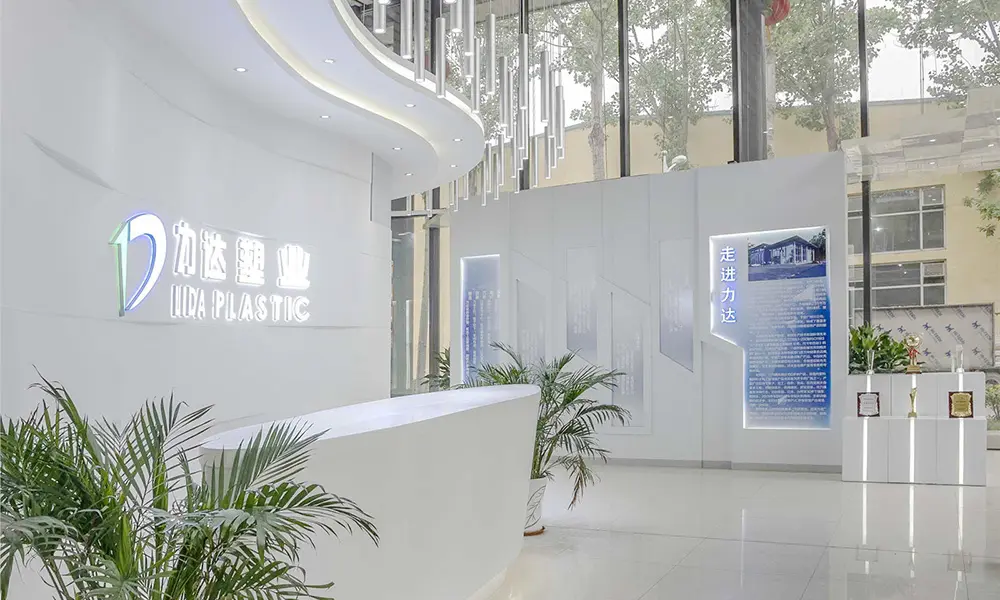Jul . 27, 2024 13:56 Back to list
Innovative PVC Pipe Sprinkler Fittings for Efficient Irrigation Solutions and Water Management Systems
PVC Pipe Sprinkler Fittings A Comprehensive Guide
PVC (Polyvinyl Chloride) pipe sprinkler fittings are an essential component in modern irrigation systems. As agricultural practices evolve, efficient and sustainable watering methods become increasingly vital. PVC fittings offer durability, resistance to corrosion, and ease of installation, making them a popular choice in both residential and commercial applications.
What are PVC Pipe Sprinkler Fittings?
PVC pipe sprinkler fittings are specialized connectors that join various lengths and types of PVC piping in irrigation systems. These fittings come in a range of shapes and sizes, including elbows, tees, adapters, and caps, designed to create a comprehensive network for dispersing water effectively. With their significant adaptability, PVC fittings can accommodate many different irrigation setups, from simple garden sprinklers to complex agricultural systems.
Advantages of Using PVC Fittings
When it comes to irrigation, the choice of materials can significantly impact the efficiency and longevity of the system. PVC fittings have several advantages
1. Durability PVC is known for its resistance to impact and weathering. Unlike metal components that rust and corrode, PVC maintains its integrity over time, especially in wet conditions.
2. Cost-Effectiveness Compared to other materials like metal or specialized plastics, PVC fittings are generally more affordable. This makes them accessible for various applications, from home gardens to large-scale farming.
3. Ease of Installation PVC fittings are lightweight and easy to work with, requiring no special tools for installation. PVC cement can securely bond fittings to pipes, creating a leak-proof system that ensures efficient water distribution.
4. Versatility These fittings can be used in a variety of settings, including residential lawns, commercial landscapes, and agricultural fields. Their flexibility allows for the creation of tailored irrigation solutions to fit specific needs.
Types of PVC Pipe Sprinkler Fittings
Understanding the different types of PVC fittings can help you design an efficient irrigation system
. Here are some common typespvc pipe sprinkler fittings

- Elbows Used to change the direction of the pipe, elbows are available in various angles, such as 90 degrees or 45 degrees, allowing for flexible designs.
- Tees This fitting connects three pipes at a junction, enabling water to flow in multiple directions. Tees are useful for creating branching irrigation lines.
- Adapters These fittings connect PVC pipes to non-PVC components, such as hoses or sprinkler heads, facilitating compatibility across the system.
- Caps and Plugs These are used to close the ends of pipes or fittings, sealing off sections of the system that are not in use.
Maintenance and Care
One of the significant advantages of PVC fittings is their low maintenance requirements. However, some best practices can help extend the life of your irrigation system
- Regular Inspections Check for signs of wear, leaks, or cracks. Early detection can prevent more extensive damage.
- Cleaning Keep the fittings free of debris and dirt. Regular cleaning helps maintain optimal water flow and reduces blockages.
- Proper Winterization In areas with freezing temperatures, ensure that your irrigation system is properly drained and insulated to prevent damage during the winter months.
Conclusion
PVC pipe sprinkler fittings are vital for creating efficient and effective irrigation systems. Their durability, cost-effectiveness, and versatility make them a preferred choice for homeowners, landscapers, and farmers alike. Whether you're designing a small garden sprinkler system or a large agricultural setup, understanding the various fittings and their applications can help you achieve reliable watering solutions. Choosing PVC fittings is not just a practical decision; it is a step towards sustainable water management in gardening and agriculture.
-
High-Quality PPR Pipes and Fittings Durable ERA PPR & PVC PPR Solutions
NewsJul.08,2025
-
Black HDPE Cutting Board - Durable, Non-Porous & Food Safe HDPE Plastic Cutting Board
NewsJul.08,2025
-
High-Quality CPVC Panel Durable HDPE & PVC Panels Supplier
NewsJul.08,2025
-
Double PE Welding Rod Supplier - High Strength, Durable & Versatile Welding Solutions
NewsJul.07,2025
-
High-Quality PVC-O Pipe Supplier Durable 75mm PVC Pipe & Connections Leading PVC Pipe Company
NewsJul.07,2025
-
HDPE Drainage Pipe Supplier – Durable & Corrosion-Resistant Solutions
NewsJul.06,2025

